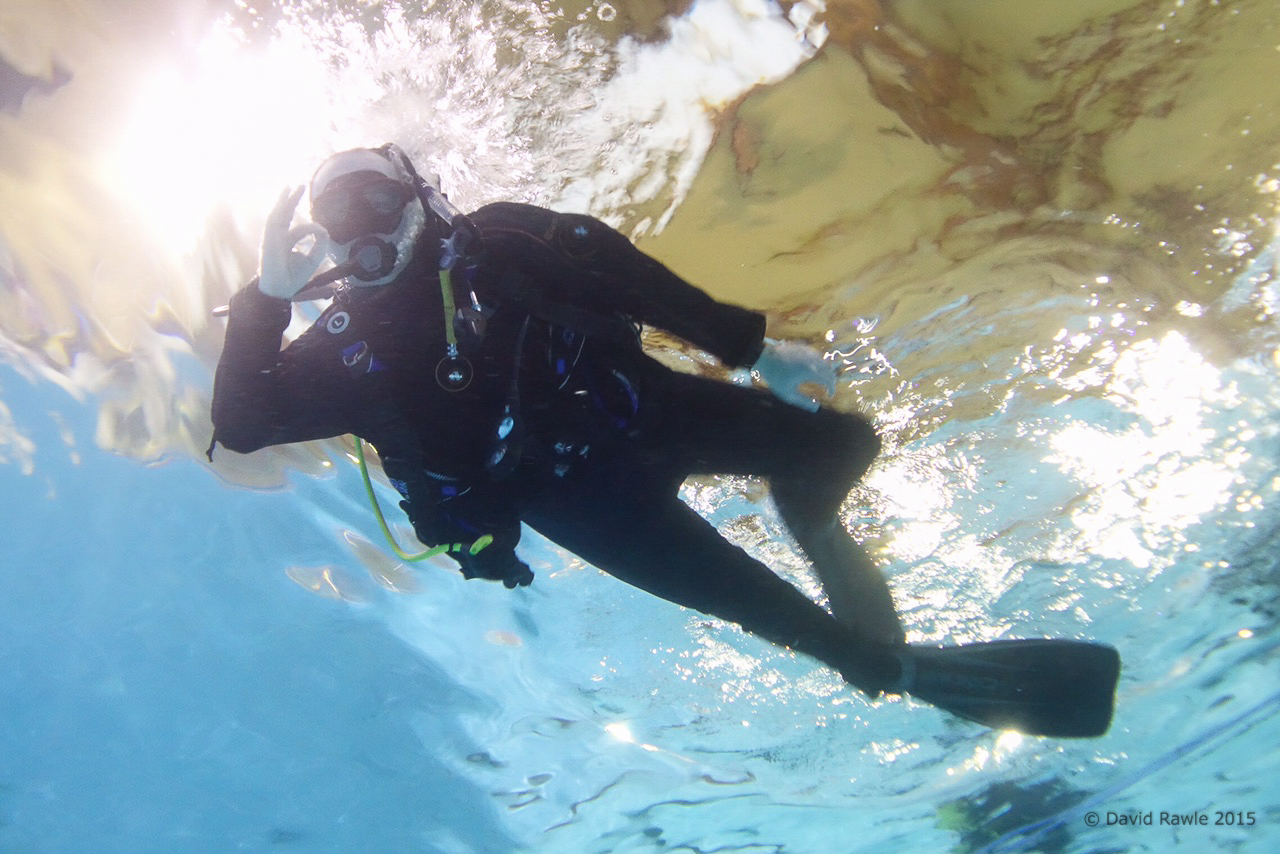Most people have heard of World War II. Involving thirty countries and approximately 100 million people it is still – perhaps thankfully – the largest conflict the human race has waged upon itself. Estimates are vague but somewhere between 50 and 85 million people lost their lives which at best means that one in two people involved died; at worst 85 per cent of all those involved never saw the end of the war. And the catalyst for such widespread destruction? Germany invading Poland.
But did you know that on the 10th May 1940 Britain invaded the neutral country of Iceland?
The British were well aware of the strategic importance of the North Atlantic and were keen to not lose their control of the area. At the time Iceland was a neutral country but after the German occupation of neutral Denmark, Churchill became increasingly concerned that Germany would next invade Iceland providing them a worryingly strategic base for submarine, naval and air command. Britain sent an offer of assistance to Iceland but this was rejected, presumably as a stance of neutrality was still seen as preferable, so Churchill ordered the invasion of Iceland to ensure that it did not fall under German control.
It was a “quiet” invasion and were it not for the fact that it was an act of war, the accounts of the half-baked planning, misunderstood orders and the fact that everyone in Iceland – including the German consulate – simply accepted it, would perhaps make it a worthy light-hearted war film.
The key reason for the occupation of Iceland was to ensure the continued British control over the North Atlantic and so a number of naval bases were constructed, including one in the deep-water fjord of Hvalfjörður, for the resupply and repair of naval vessels. This pier, and others like it, played a significant – and seldom recognised – part in the continued British control of one of the most important fronts of the war. The war eventually ended and the base, its purpose served, was abandoned to the Icelandic weather.
This shot posed a number of challenges. I wanted a long exposure – in the order of eight minutes to remove details in the sky and the water – but the only way to get this angle was to climb up on the other part of the pier and balance the tripod (and myself) on the middle steel girder. It was windy although not impossibly so, however the mist you see in the distance between the peaks was the real issue – wave after wave of rain! So taking this photograph meant starting the exposure and hoping the next rain shower didn’t arrive within eight minutes and that the wind did not pick up so much as to affect the image. When the rain arrived I had to pack up, retreat along the narrow girder to one of the derelict naval huts behind me and wait until the rain passed. Then try again. It took a good couple of hours.
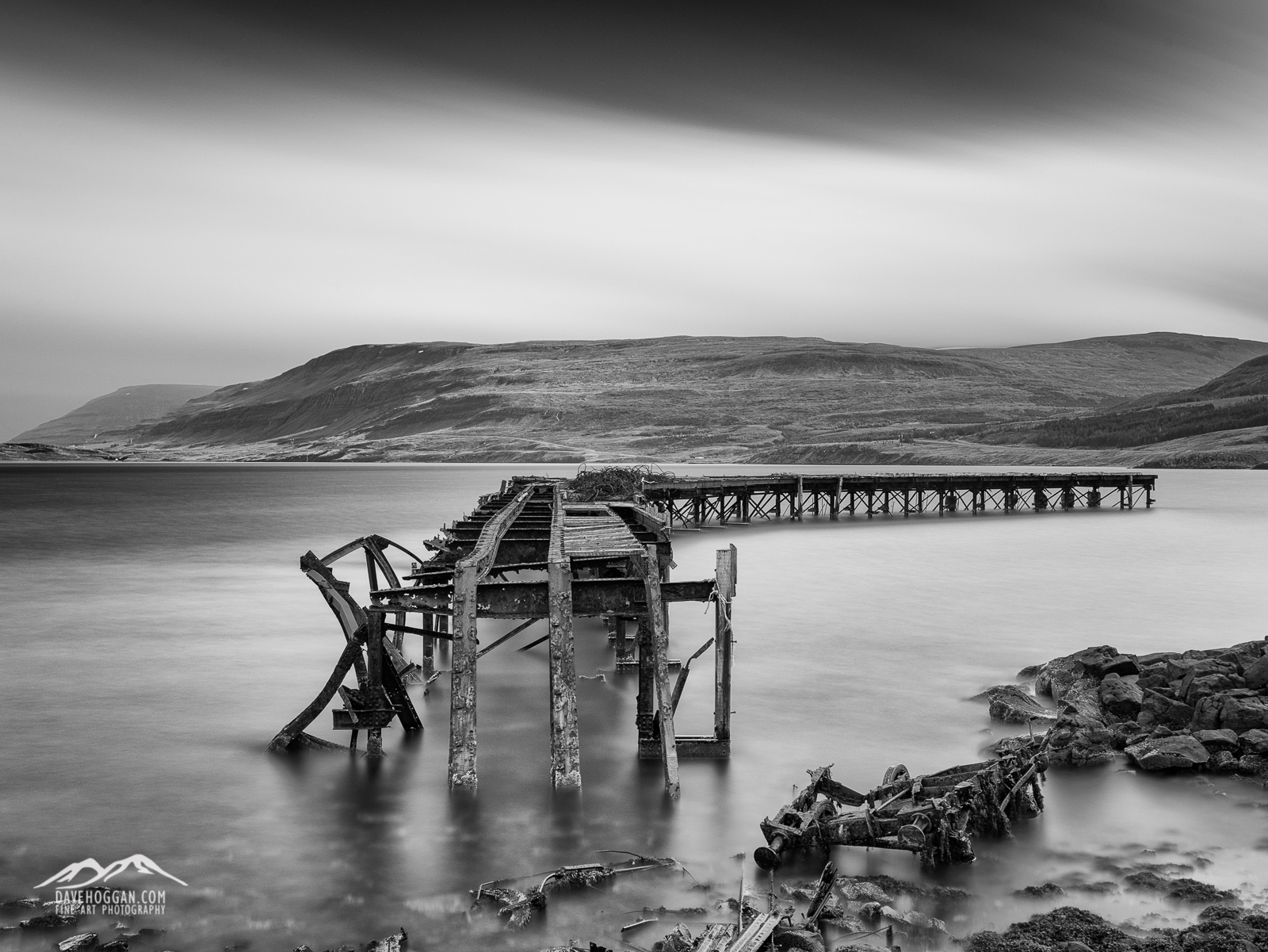




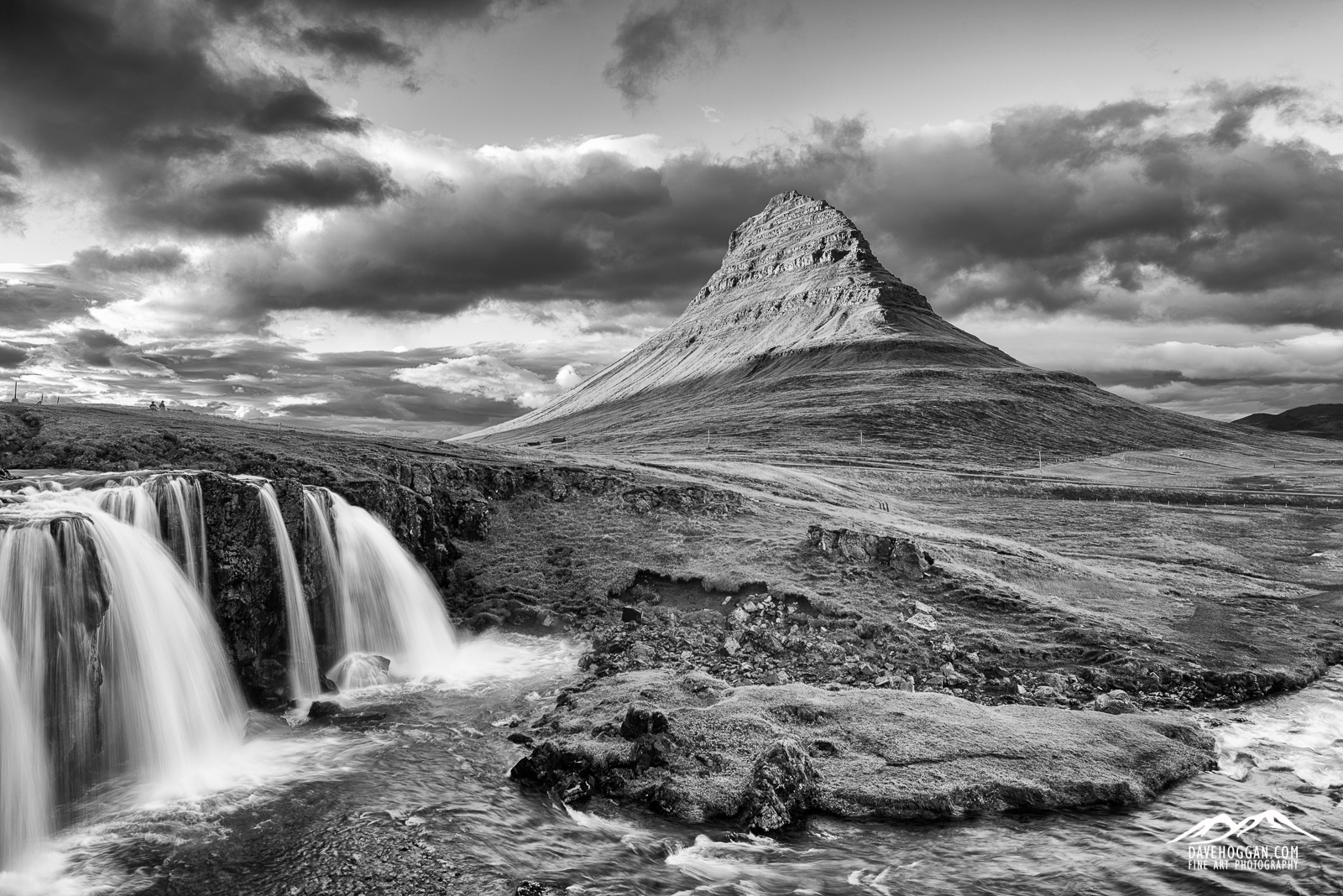
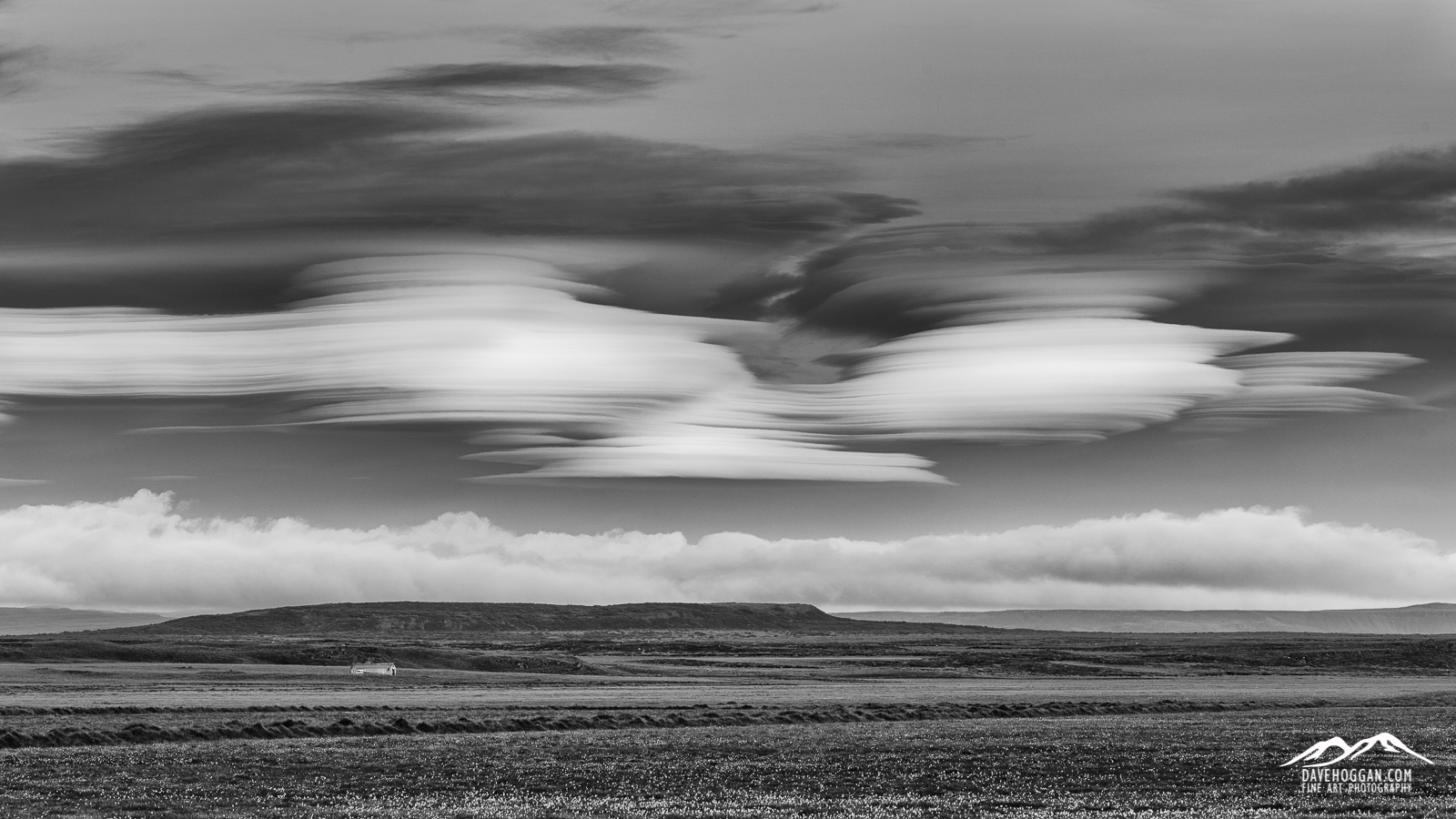


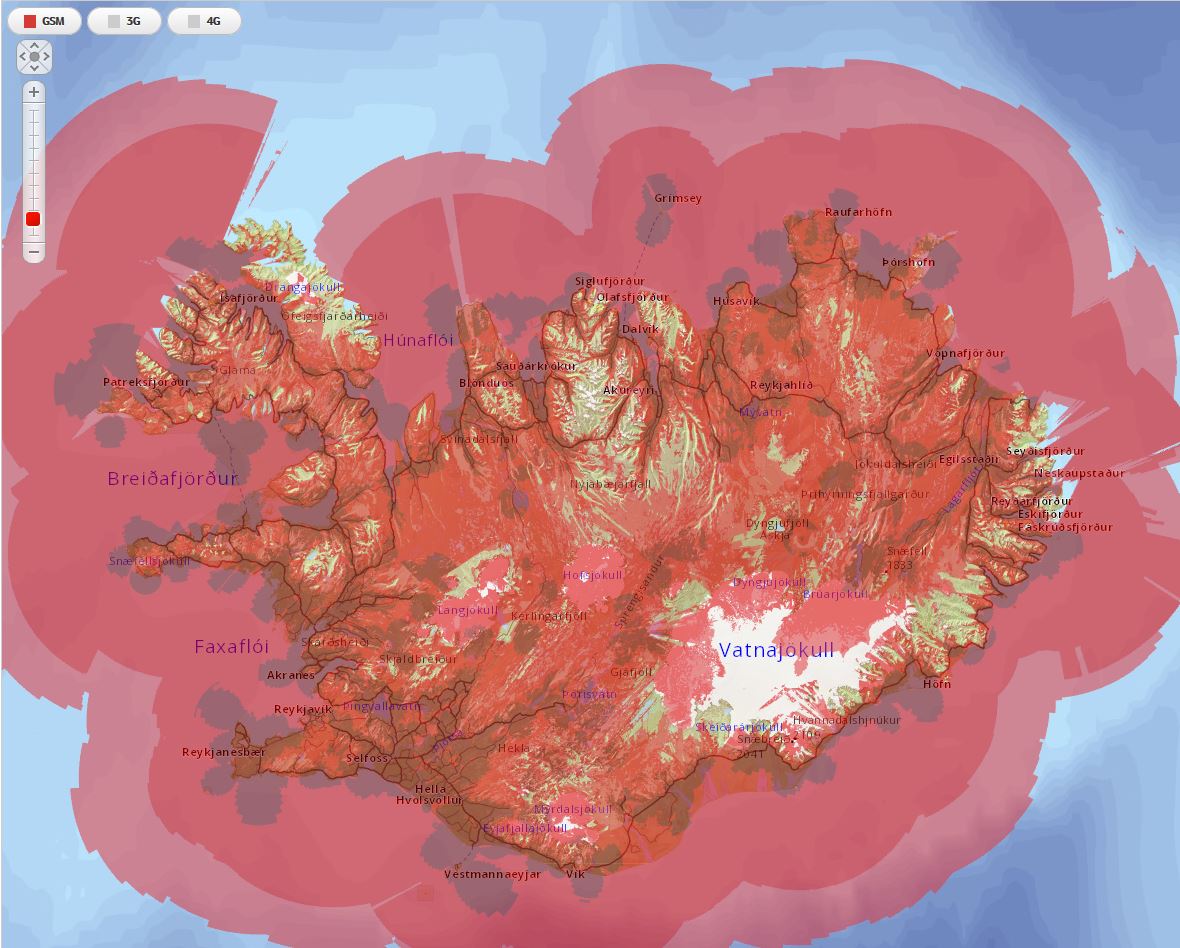
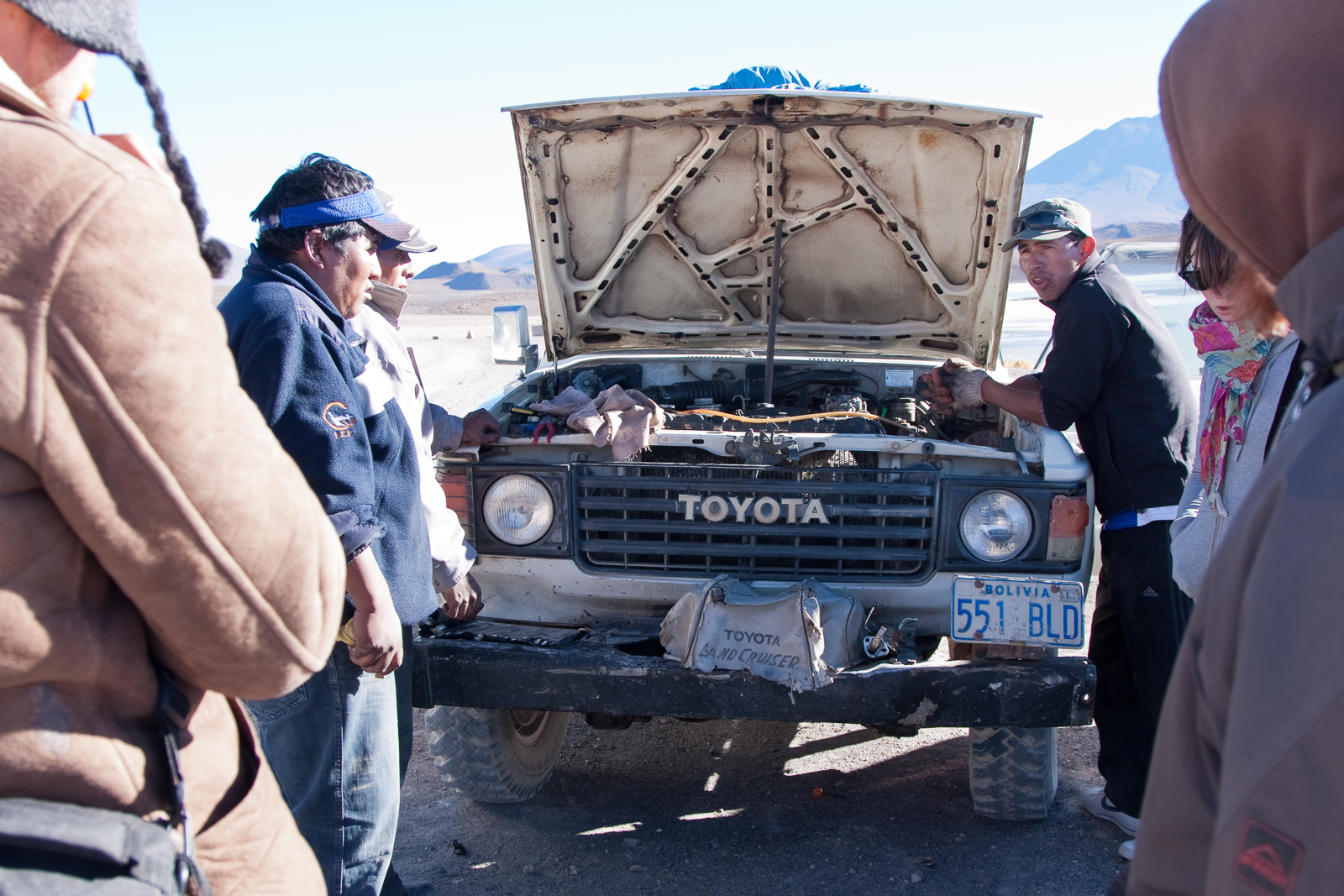

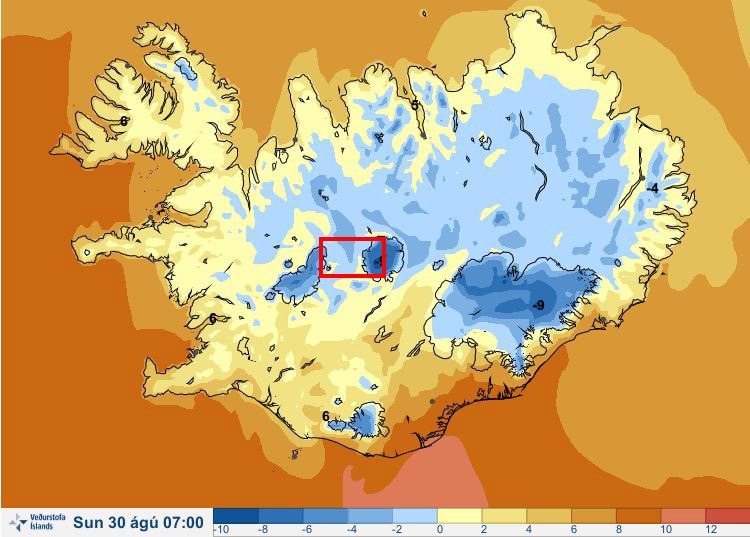
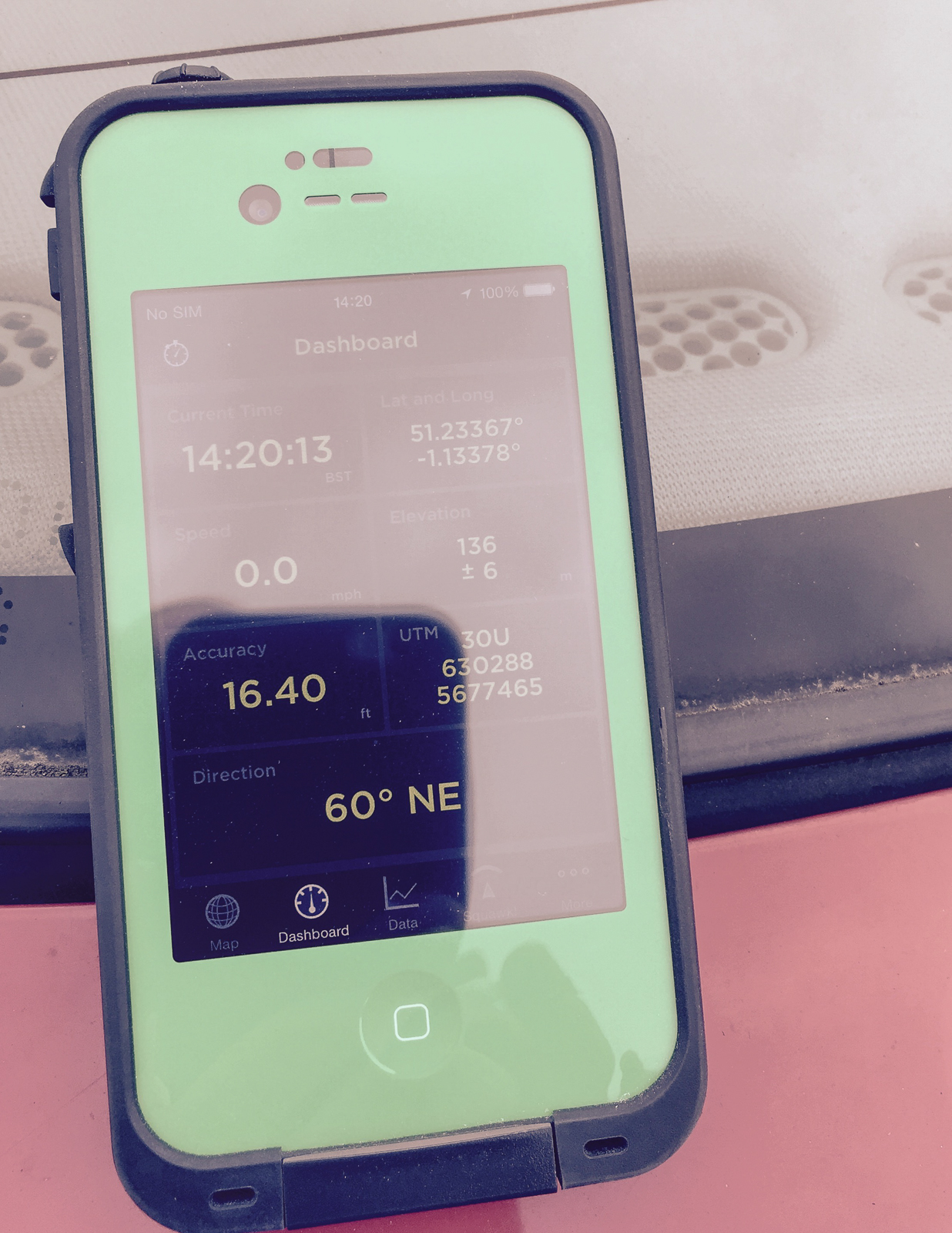
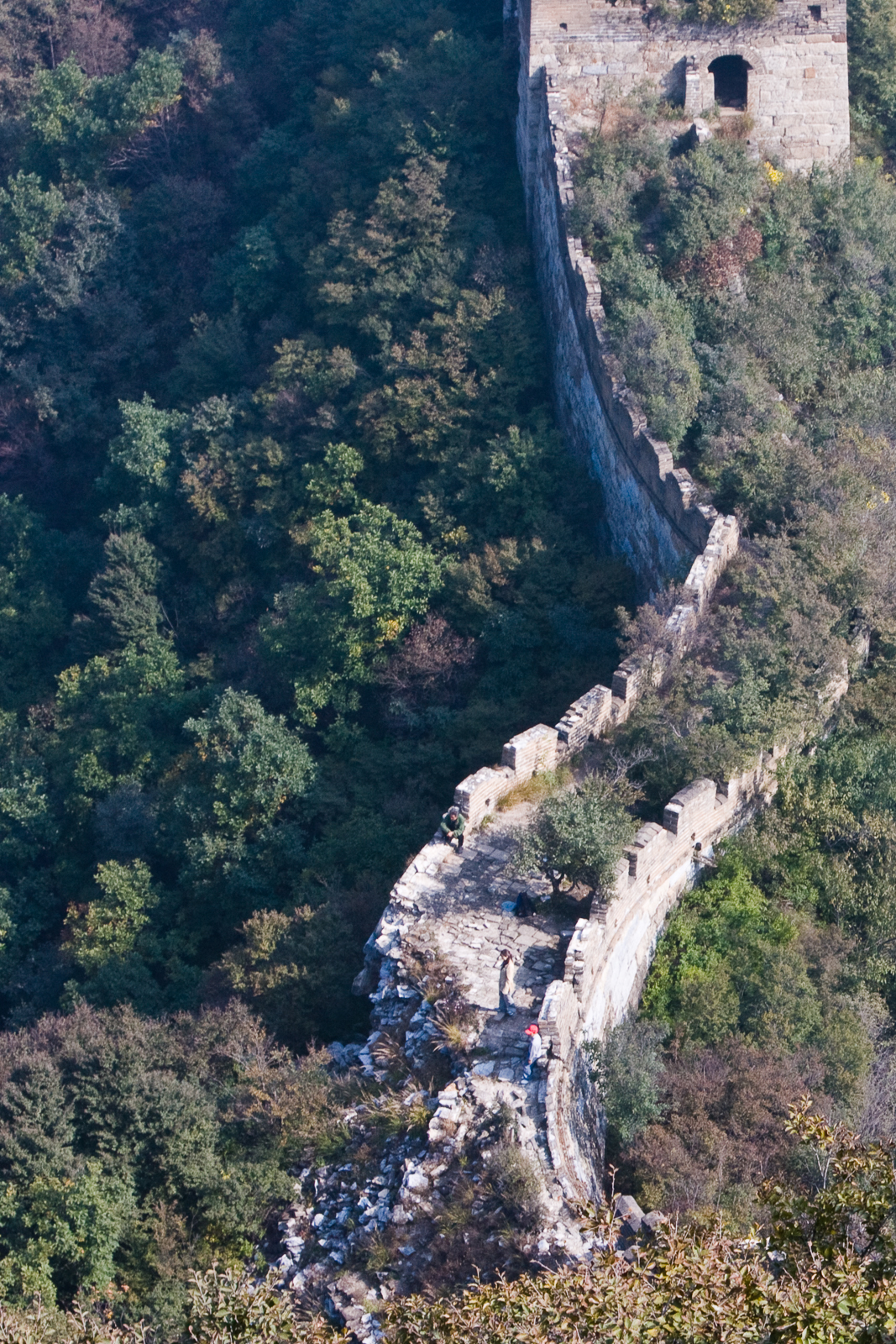
![Seljalandsfoss is extremely popular due to its close proximity to Reykjavik and the fact that you can walk behind it. Oh, and it’s a waterfall – everybody loves a waterfall… [Click to enlarge!]](http://davehoggan.com/wp-content/uploads/2015/07/MG_7185.jpg)
![Glufrafoss is only a short walk from Seljalandsfoss but for the number of tourists it sees, it could be a million miles away… [Click to enlarge!]](http://davehoggan.com/wp-content/uploads/2015/07/MG_6344.jpg)
![As a picturesque setting there may be better waterfalls, but as a private table for two having a picnic it will be an experience few others will have had. [Click to enlarge!]](http://davehoggan.com/wp-content/uploads/2015/07/MG_6335.jpg)
![Skogafoss, a truly magnificent sight by any standards, is usually hidden by a mass of tourists. [Click to enlarge!]](http://davehoggan.com/wp-content/uploads/2015/07/MG_5942.jpg)
![With plenty of slack in the schedule you can afford to wait until you are, quite literally, alone with nature. [Click to enlarge!]](http://davehoggan.com/wp-content/uploads/2015/07/MG_6254.jpg)
![Having 30kg of kit to carry is just one reason that you’re not going to be gliding dolphin-like through the water. [Click to enlarge!]](http://davehoggan.com/wp-content/uploads/2015/07/IMG_0476-peep-2.jpg)
